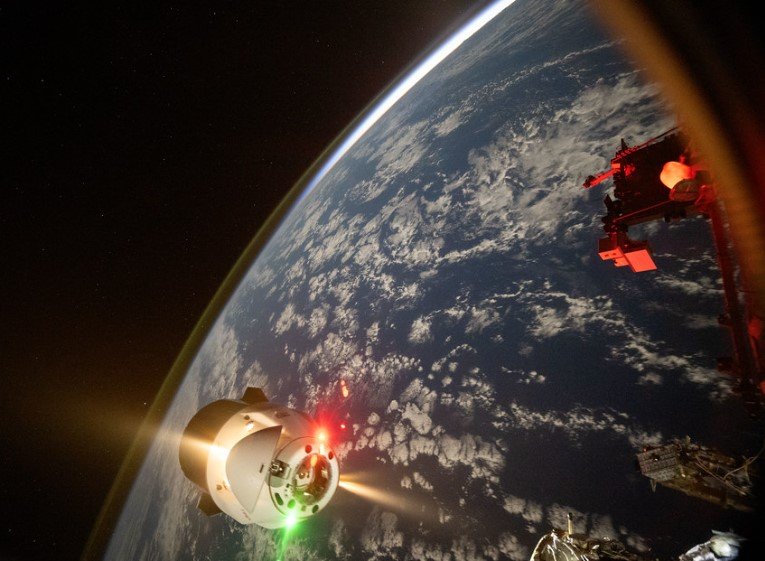In a move that marks a strategic shift in SpaceX’s crewed mission recovery playbook, the Crew Dragon capsule Resilience returned to Earth with a splash — but this time, not in the familiar waters off Florida.
On April 4, SpaceX’s Fram2 mission concluded with a historic splashdown in the Pacific Ocean, just off the coast of Southern California. This west coast landing is the first of its kind for a Crew Dragon spacecraft, bringing back astronauts with precision and renewed emphasis on safety.
A Tactical Return to the Pacific
For nearly a decade, the Gulf of Mexico and the Atlantic Ocean served as primary return zones for SpaceX missions. That’s now changing. The Fram2 mission signals the revival of Pacific landings, which were a core part of SpaceX’s recovery strategy between 2010 and 2019. Originally favored for logistical flexibility, they were phased out in favor of faster returns to Kennedy Space Center.
But in July 2024, SpaceX announced its intention to bring back Pacific splashdowns permanently, citing both logistical benefits and risk mitigation as primary motivators. Fram2 was the first operational test of this new-old approach — and according to SpaceX, it won’t be the last.

Space Junk Risks Drive Reentry Redesign
Beyond convenience, there’s a critical safety component behind the shift. SpaceX engineers identified recurring incidents involving space debris — particularly from the capsule’s trunk section — surviving reentry and crashing down on land.
This was never supposed to happen. The trunk, which is jettisoned prior to atmospheric reentry, is designed to burn up completely. But remnants have shown up intact in rural areas, raising alarms about uncontrolled debris.
To address this, SpaceX has overhauled its deorbit sequence:
-
The trunk now separates after the deorbit burn.
-
It is directed to fall into uninhabited ocean areas, minimizing ground risk.
-
Fram2 was the first crewed mission to use this updated method.
So far, results are promising. No landfall debris has been reported, and SpaceX expects future missions to adhere strictly to this new protocol.
What It Means Going Forward
The Pacific recovery model may slightly delay the return of astronauts to facilities like Kennedy Space Center, but SpaceX is betting on improved safety, better control of orbital debris, and more diversified recovery infrastructure across the U.S. west coast.
The U.S. Navy has reportedly offered extended support for west coast splashdowns, while commercial partners are scaling up ship-based recovery assets in California.
Bottom Line
The Fram2 mission may have ended quietly in the Pacific, but it marks a loud evolution in space logistics. With environmental responsibility and astronaut safety driving the shift, SpaceX is once again proving it’s not just about reaching orbit — it’s about how you come back, and how you clean up afterward.
